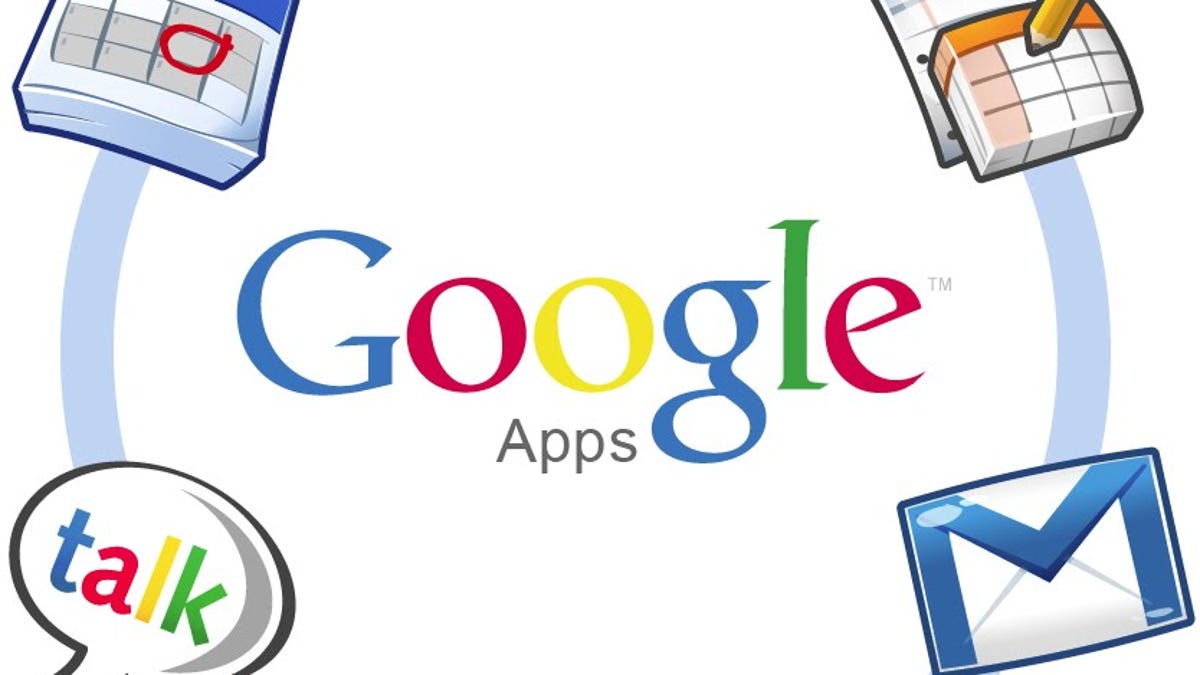Google Apps: Now for early and late adopters
There now are two versions of Google Apps to pick from to accommodate those who want change to be faster or slower.

It's hard to strike the right balance in the technology business between change that's too fast or too slow--in part because different customers prefer different paces. To try to better match those preferences, Google Apps now will come in two varieties.
The "rapid release" track will get new technology into customers' hands as soon as it's passed quality-assurance testing. The "scheduled release" track will issue updates once a week, with at least a week's notice to let administrators learn about the upcoming changes, Google announced today.
The dual-track approach applies to Gmail, Contacts, Google Calendar, Google Docs and Google Sites--the main parts of the Google Apps subscription. New features will be published at Google's new site for what's new at Google Apps.
Google strives to be a company that disrupts existing practices where it thinks disruption is needed. But that can clash with human nature and practical realities of running a large organization.
The company's Web browser, Chrome, auto-updates itself silently in the background so new features and security fixes arrive as soon as possible. Part of the rationale for the choice Google gave is that it behaves more like Web sites, which are updated often without their users having much of a say in the matter.
Chrome updates can be throttled by administrators, though, and apparently Google has concluded Web applications need something like the same more moderate pace.
The weekly releases echo another event that's scheduled regularly to ease administrator burdens: Microsoft's Patch Tuesday, when security fixes for products are released on a predictable cycle.

